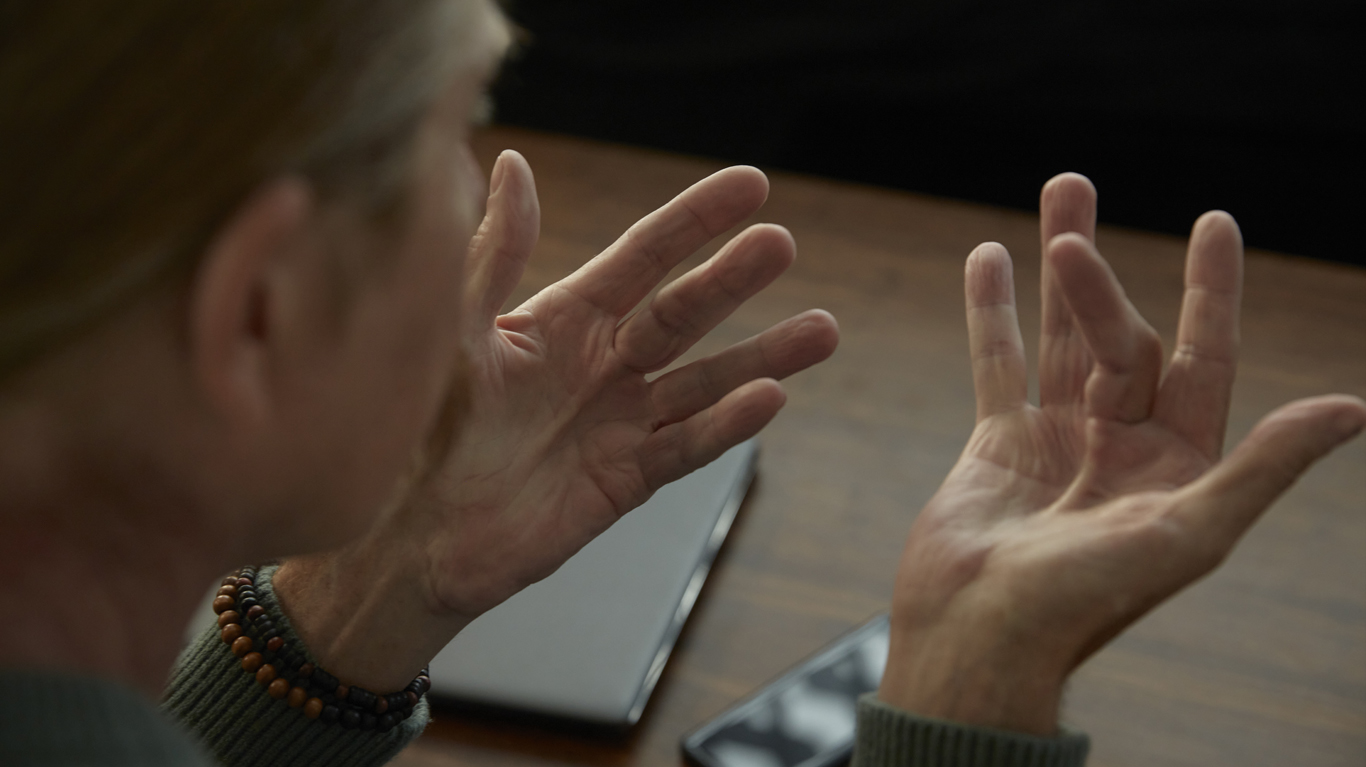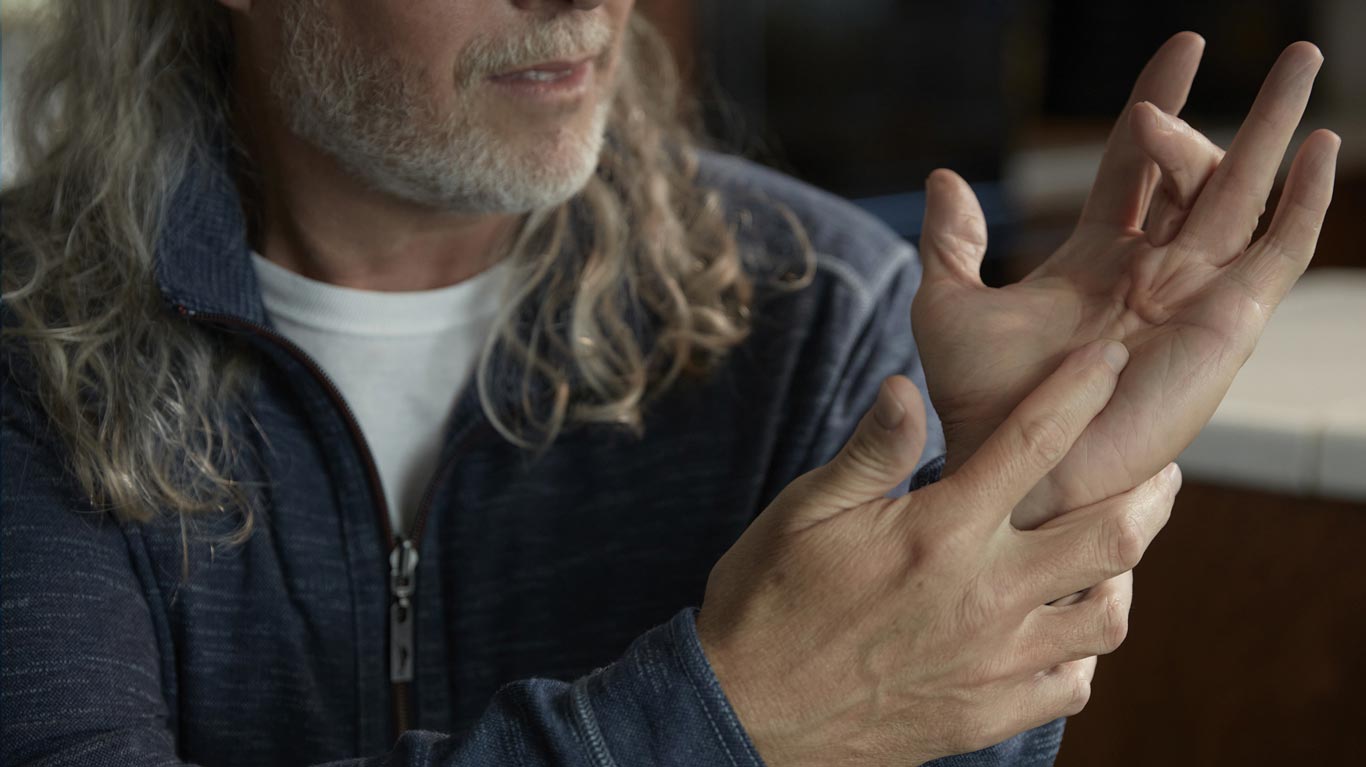Doctor portrayal.
Real people compensated for their time.
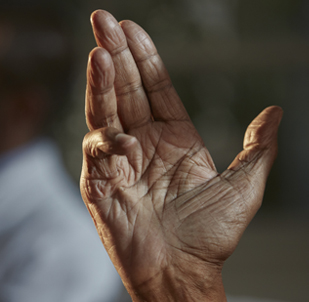
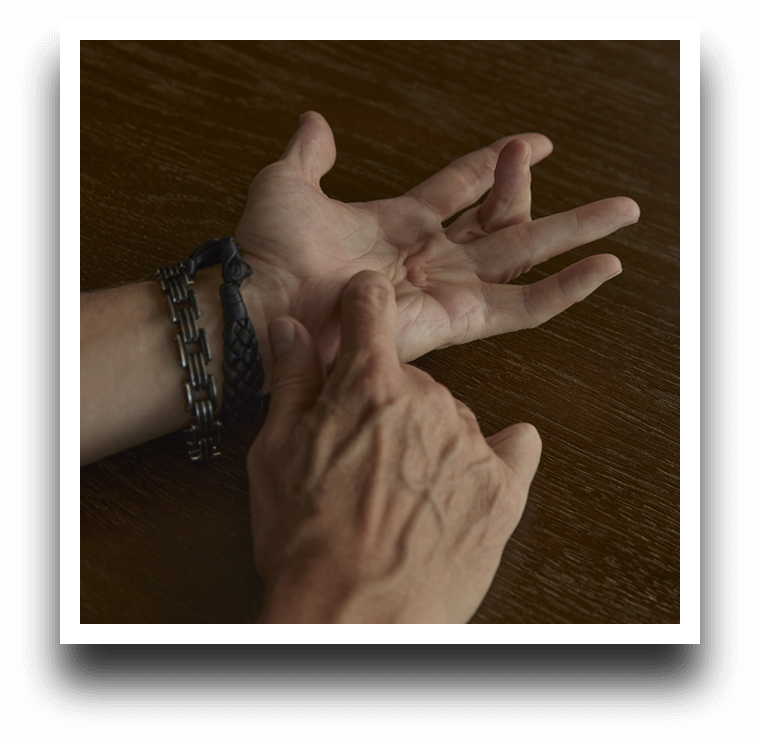

Dupuytren's contracture
is
A hand condition that most commonly affects adults over 40 and tends to run in families
A buildup of collagen in the palm of the hand, which, over time, can form a rope-like cord that pulls the fingers toward the palm so they can’t be straightened
Progressive (may get worse over time)
Treatable without surgery
is not
Arthritis; Dupuytren’s contracture does not cause swelling in joints
Trigger Finger; you can’t “pop” a hand contracture caused by Dupuytren’s back into place the way you could with a finger bent by Trigger Finger disorder
Curable; Dupuytren’s contracture may be a lifelong condition. A contracture will not get straighter without treatment and may come back even if treated

Already seeing changes in your hand?
It may be time to see a Hand Specialist as soon as you notice changes in your hand. As your Dupuytren’s contracture progresses, it may become difficult to use your hand(s) for daily tasks and activities such as shaking hands, driving, texting, typing, buttoning shirts, or washing your face, among other things.
Don’t wait for your Dupuytren’s contracture to limit your ability to move your finger(s) before seeking treatment.
nonsurgical treatment
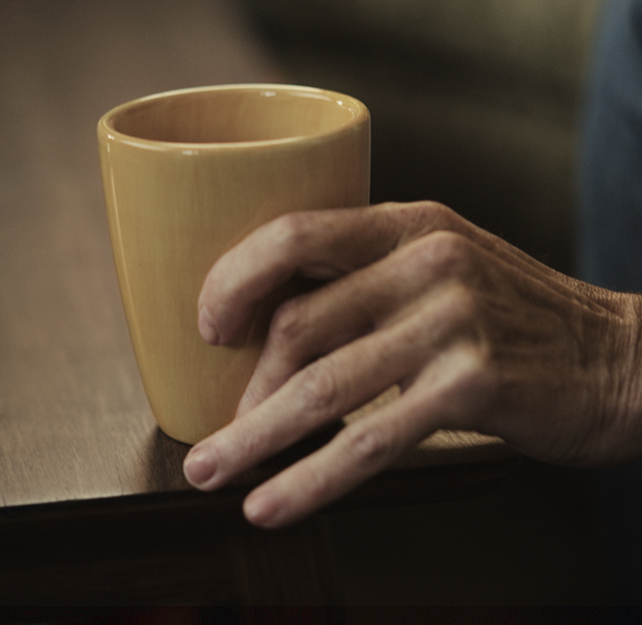
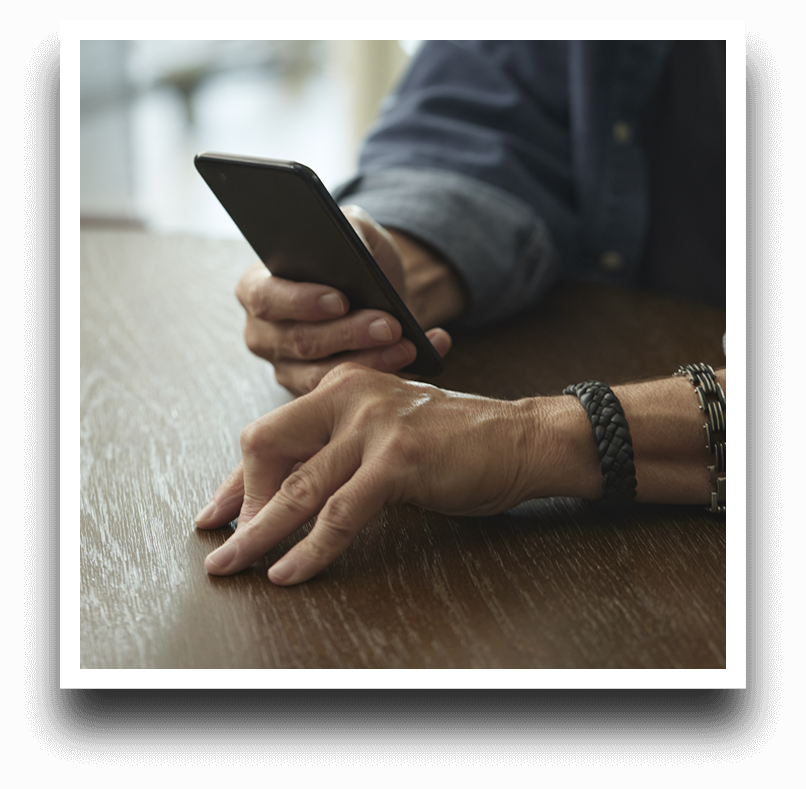

Can you lay your hand flat?
One simple way to see if you may have Dupuytren’s contracture is to try to lay your hand flat against a tabletop—you can try it from anywhere. If you can’t lay your hand (palm and fingers) flat, it may be time to talk to a Hand Specialist because you may have Dupuytren’s contracture.

Think surgery is your only option?
There are options beyond surgery to treat Dupuytren’s contracture that can be less invasive with different recovery times.
However, not all Hand Specialists provide all nonsurgical treatment options for Dupuytren's contracture. That’s why it’s crucial to speak with a Hand Specialist who understands your needs. Together, you can work toward a treatment that’s right for you.
nonsurgical treatment
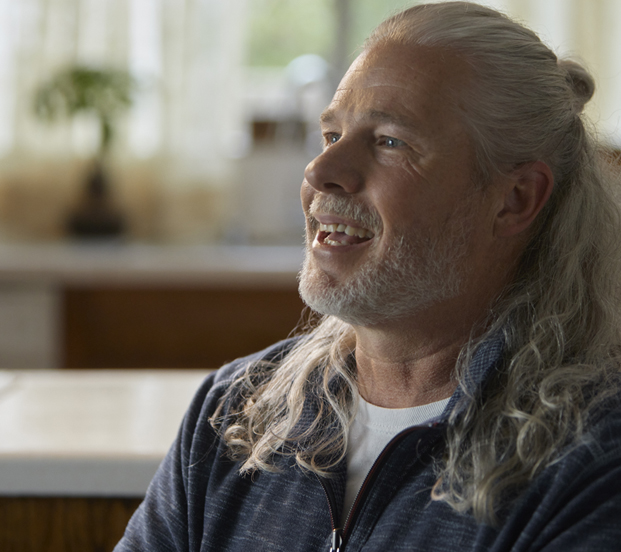


Real answers from real people living with Dupuytren’s contracture.
 Watch now
Watch now

The physical effect of Dupuytren’s contracture

The emotional effect of Dupuytren’s contracture

Advice from real people with Dupuytren’s contracture

